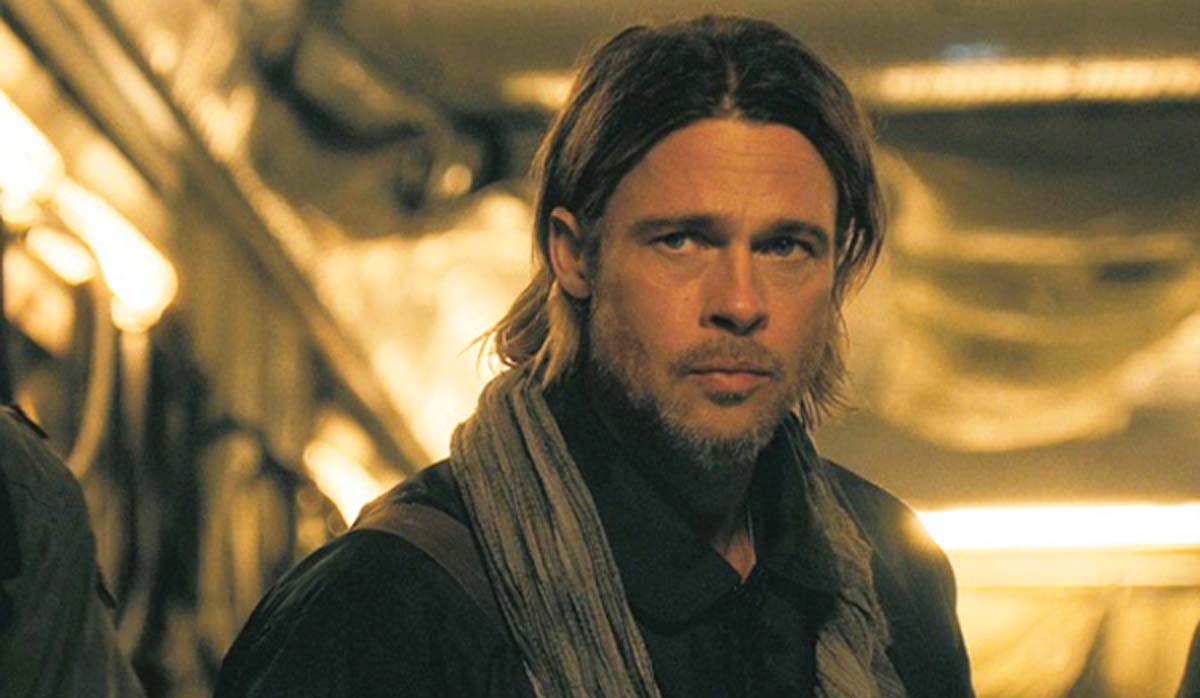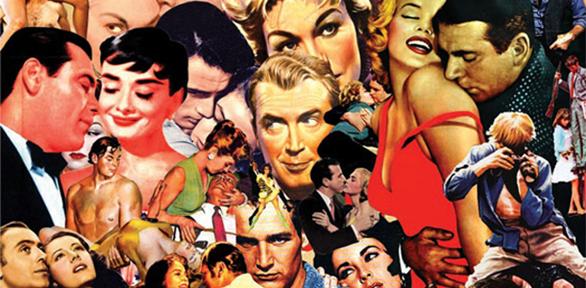THE LONE RANGER
 Tuesday, July 2, 2013 at 2:59PM
Tuesday, July 2, 2013 at 2:59PM Stars: Johnny Depp, Armie Hammer, William Fichtner, Tom Wilkinson, Ruth Wilson, Helena Bonham Carter, James Badge Dale, Bryant Prince, Mason Cook and Barry Pepper.
Writers: Justin Haythe, Ted Elliott and Terry Rossio.
Director: Gore Verbinski
Rating: 2.5/5

Conviction far outweighs cohesion in Gore Verbinski’s panoramic but weirdly schizophrenic rebranding of the 70 year-old western hero, The Lone Ranger. Soaring then sinking jarringly, the director mashes up the genre-reworking skills he showed in his Pirates of the Caribbean trilogy and animated western Rango to forge an adventure comedy both anachronistic and contemporary, though never entirely convincing in either regard.
Concerns that just another franchise-launching superhero origins story is the last thing moviegoers need are not entirely dispelled, with the grinding gears of corporate Hollywood’s influence occasionally peaking out from behind Verbinki’s dusty façade. His is a film that wants to be a honourable nod to the radio/TV series traditions, yet also feels overly compelled to pander to the multiplex mindset for whom the term ‘western’ holds little relevance.
This is evident nowhere more than in the game but misguided casting of Johnny Depp as sidekick, Tonto, to Armie Hammer’s masked avenger. Depp keeps it minimal but still manages to mug mercilessly, never finding a basis in reality from which to create anything other than a one-dimensional comic presence (unlike his Captain Jack Sparrow, which was both at odds with yet wonderfully central to the appeal of the Pirates… series). The superstars’ approach clashes with Hammer’s buffoonish hero, whose broad, physical shtick might have suited Brendan Fraser a decade ago; the actors are both playing the comedic sidekick role, giving the planned laughs nothing to bounce off.
The plotting, perhaps intentionally, represents a workmanlike but unremarkable melodrama from the genre’s golden era (and bears more than just a passing resemblance to Lawrence Kasdan’s much-loved Silverado). The rail line is cutting a scar across the Midwest under the ruthless, charming control of Cole (Tom Wilkinson), who has brought on board recent law school graduate John Reid (Hammer) to facilitate a peaceful sharing of the land with the Comanche and Apache states. John will be working alongside his tough-talkin’, seen-it-all Ranger brother Dan (James Badge Dale), whose wife Rebecca (Ruth Wilson) once had a passion for the younger sibling.
Simultaneously, Tonto is on his own mission to avenge the exploitation of his land and people when he was only a boy and for which, we discover via flashback, he is largely at fault. A good hour into the film, he and Reid bicker and banter their way into a tenuous partnership over their shared goals. All of this exposition is framed by its own narrative set-up, in which a withered and aged sideshow attraction (Depp, in exemplary old age make-up, ala Dustin Hoffman in Arthur Penn’s Little Big Man) tells a fascinated young Ranger fan (Mason Cook) of a time and legend long since past.
Most bewildering is Verbinski’s disregard for tonality. The key villain, Butch Cavendish (an unrecognisable William Fichtner), has a penchant for eating the body parts of his slain enemies; two sequences featuring massacres (of Texas rangers and peaceful natives, respectively) are old-school bloodbaths; in one attack sequence, native American and cavalry forces clash violently, resulting in lifelike carnage. Picture if you can a film with these elements that also features a cross-dressing henchmen (Harry Treadaway), a legless bordello madam with shotgun-packin’ prosthesis (Helena Bonham Carter); a mystical white stallion with impeccable comic timing and a slapstick action sequence/shootout finale that defies logic and physics in the name of good ol’ fashion matinee nonsense.
The Lone Ranger is ultimately an unwieldy and, at an inexcusable 149 minutes, overlong indulgence offering occasional thrills and giggles but none sufficient to warrant the effort; we’ve seen its type before, in the form of Barry Sonnenfeld’s Will Smith misfire, Wild Wild West. Veteran DOP Bojan Bazelli offers some stunning widescreen vistas that integrate well with CGI elements (horses, buffalos, trains…lots and lots of trains…), but if the U.S. summer audience exits after 2 ½ hours waxing lyrical about the cinematography, Disney’s hefty investment will be in trouble. More problematic may be that it is unlikely they will be talking highly about any other aspect, if they are discussing it at all.









